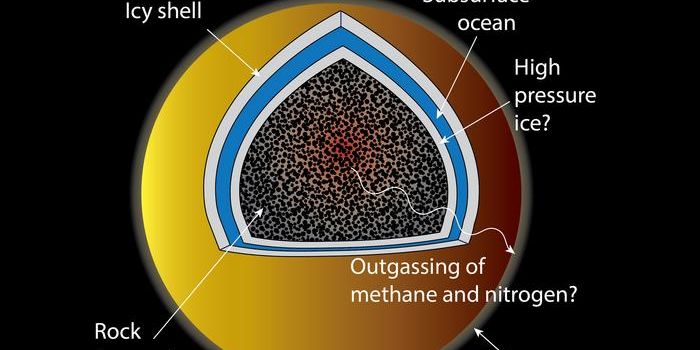Jump-Based Training May Combat Cartilage Breakdown in Space
What exercises can future astronauts on long-term missions to the Moon or Mars conduct to help mitigate the effects of cartilage damage resulting from microgravity? This is what a recent study published in npj Microgravity hopes to address as an international team of researchers investigated the health benefits of future astronauts performing jumping workouts during long-duration space missions. This study holds the potential to help astronauts, mission planners, and the public better understand the risks and strategies for long-duration space missions, especially as human exploration expands to the Moon and Mars.
“Think about sending somebody on a trip to Mars, they get there, and they can't walk because they developed osteoarthritis of the knees or the hips and their joints don't function,” said Dr. Marco Chiaberge, who is a research scientist at Johns Hopkins University and lead author of the study. “Astronauts also perform spacewalks often. They serviced the Hubble Space Telescope five times, and in the future, they will need to spend more time in space and the Moon, where we will build larger telescopes to explore the universe and where they will need to stay as healthy as possible.”
For the study, the researchers conducted a nine-week study with mice to ascertain the benefits of jumping exercises three times a week compared to limited movement regarding cartilage growth and sustainability. In the end, the researchers found that not only did the mice who participated in jumping exercises exhibit a 26 percent increase in cartilage compared to 14 percent reduction for the non-movement mice, but the jumping mice also displayed 110 percent thicker cartilage. Additionally, the jumping mice were found to exhibit 15 percent greater bone mineral density due to the jumping exercises.
“Now that we got our first clue that one type of exercise can increase cartilage, which was completely unknown before, we could start looking into other types of cartilage. What about the meniscus? Could it also get thicker?” said Dr. Chen-Ming Fan, who is who is a staff scientist at Carnegie Science and a co-author on the study. “This research could help performance-enhancement studies, rather than just focusing on pathological conditions, and help athletes or virtually anyone interested in doing the right exercises to improve their performance.”
This study comes as NASA plans to land the first humans on the lunar surface for the first time since 1972 with its Artemis program, which includes landing the first woman and person of color on the lunar surface. NASA plans to use the lessons learned on the Moon for sending humans to Mars under its Moon to Mars Architecture, which they hope to accomplish sometime in the 2030s.
How will jumping exercises help future astronauts on long-term space missions in the coming years and decades? Only time will tell, and this is why we science!
As always, keep doing science & keep looking up!
Sources: npj Microgravity, EurekAlert!, Johns Hopkins University
Featured Image: NASA astronaut Chris Cassidy, Expedition 36 flight engineer, seen working out on the Advanced Resistive Exercise Device (ARED) on the International Space Station. (Credit: NASA)








